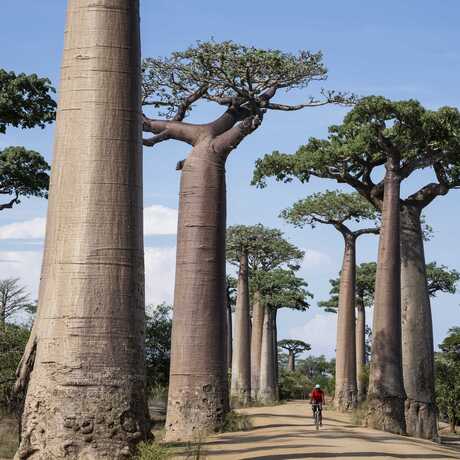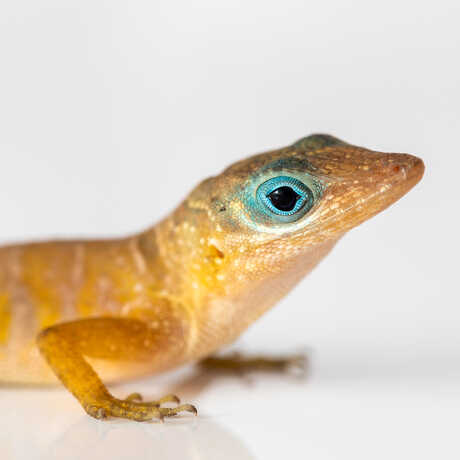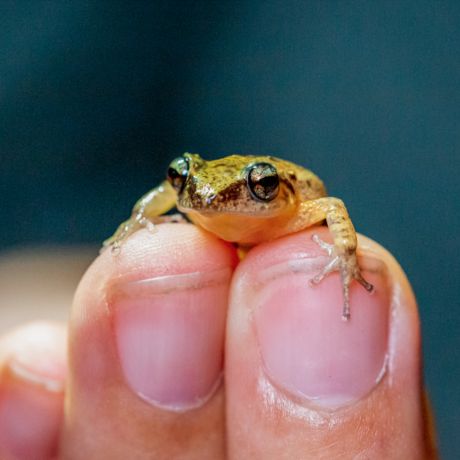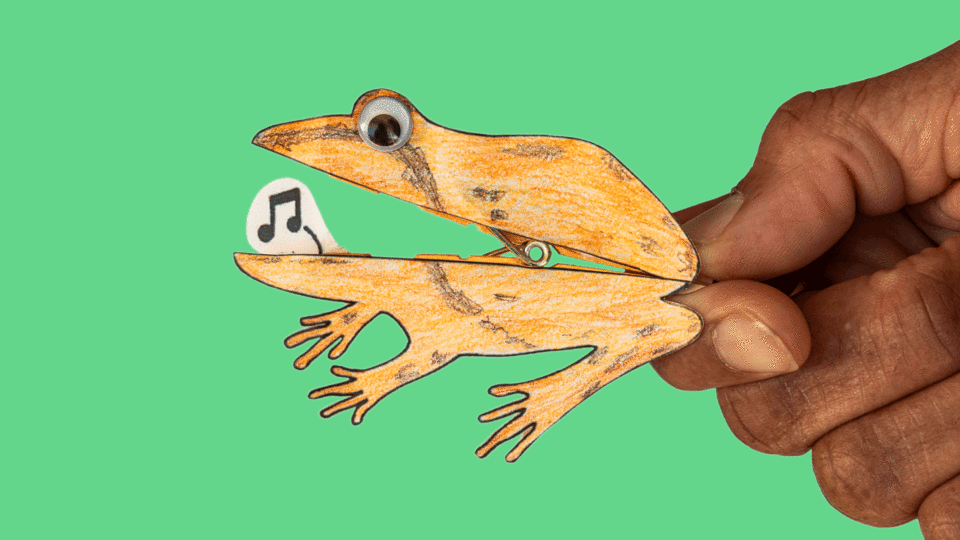
Island-hop with us! Explore five unique island archipelagos around the world for a week of crafts, experiments, and videos for ages 8-11.
Islands are among the most diverse—and threatened—ecosystems on Earth. Journey to the Galápagos, Lesser Antilles, Madagascar, Philippines, and Gulf of Guinea islands and meet the fascinating animals, plants, and people who call them home.
Please note: While Science @ Home activities are designed to be conducted by kids, some little ones might need adult help with reading instructions and preparing crafts.
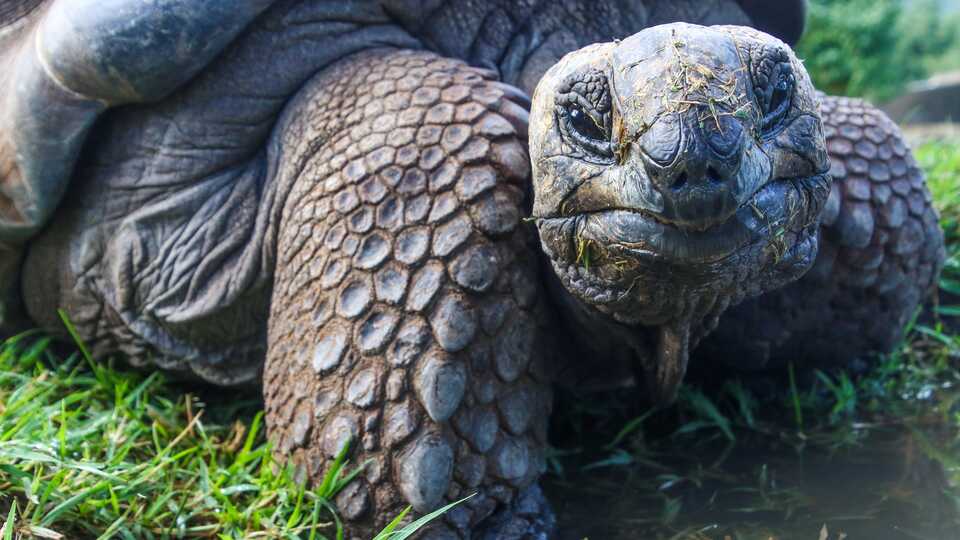
Day 1: Volcanic islands: The Galápagos and the Lesser Antilles
Some islands have a rocky start—as volcanoes! Learn more about two volcanic island archipelagos in the eastern Pacific Ocean and Caribbean Sea: the Galápagos islands and the Lesser Antilles. (60-90 minutes)
The seals and sea lions that live in the Galápagos look similar—but their differences go more than skin deep. Investigate the skulls of each animal and discover how to tell them apart.
Have you ever heard a frog sing? Lesser Antillean whistling frogs make high-pitched whistling calls to communicate to each other. Grab a clothespin and create your own musical Lesser Antillean whistling frog with this craft!
Underwater volcanoes and their eruptions are responsible for the formation of many different islands, including those in the Galápagos. Make your very own rumbling volcano in this classic science experiment!
Galápagos tortoises thrive and survive in the dry climate found on some of the Galápagos Islands. While these reptiles can go months without food or water, they prefer eating plants like the prickly pear cactus when given the chance. Create your own dining Galápagos tortoise and prickly pear cactus in this quick craft.
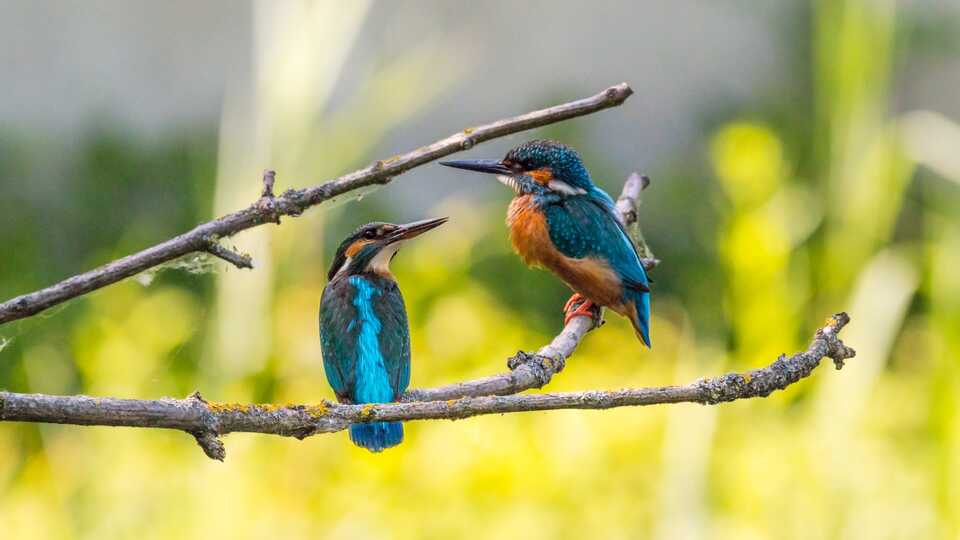
Day 2: Gulf of Guinea: São Tomé e Príncipe
The African island nation of São Tomé e Príncipe is home to many plants and animals found nowhere else in the world. Say hello to some of these unique species—including the world’s smallest ibis and some of the world’s largest begonias—and see how some plants travel between islands in the Gulf of Guinea. (45-60 minutes)
The islands of São Tomé e Príncipe are home to many birds found nowhere else in the world, from owls to a finch once thought to be extinct. Meet some of these winged wonders as you use color to bring them to life.
Listen to instructions
Download coloring page
Escucha las instrucciones
Descargar página para colorear
Begonias are one of the largest groups of flowering plants in the world. Learn about two of the biggest begonia species and the importance of botanical collections in this behind-the-scenes peek into the Academy’s herbarium with Curator Emeritus Dr. Tom Daniel.
Have you ever floated in water before? What kept you from sinking? The seeds of island trees like mangroves and coconut palms float, too. This special ability allows seeds to travel to new locations far away from their parent trees. Explore how shape, density, and material affect a seed's ability to float.
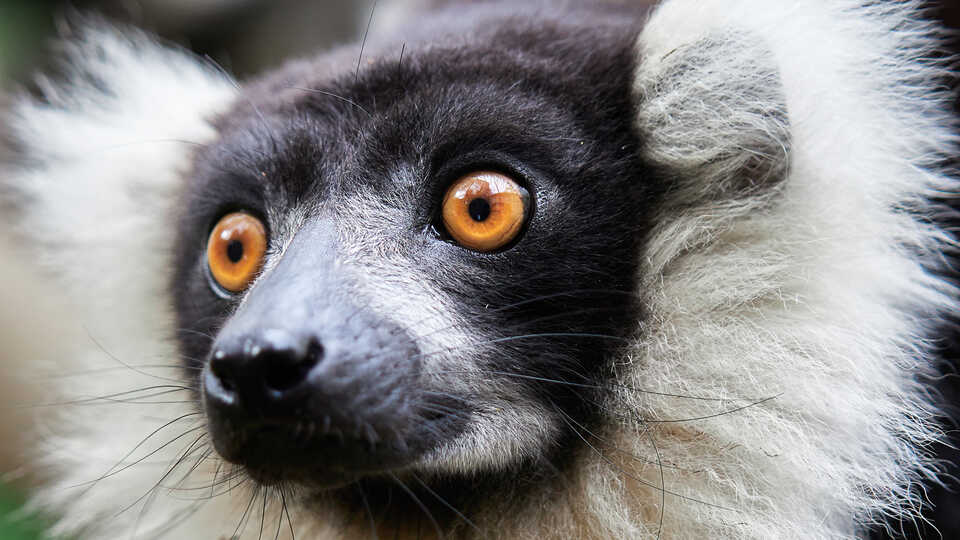
Day 3: Madagascar
The island of Madagascar has had a long time to evolve unique flora and fauna—about 88 million years! Make your own Madagascan wildlife and learn more about how eating insects can help save an ecosystem. (45-60 minutes)
Photo: Brian Fisher © California Academy of Sciences
In Madagascar, a group of people—including Academy researcher Dr. Brian Fisher—are working hard to save lemurs and increase food security. The solution? Edible insects that taste like bacon!
As you watch the video, think about the following questions. Share your answers with a friend or family member or just think in your head.
- How are food shortage and conservation problems related?
- What makes insects a sustainable food option?
- How might insect diets help with regenerating the natural world?
Lemurs and aye-ayes are two of Madagascar's most unusual animals. Create one of each in this fun craft and discover the differences between these primate cousins.
Academy scientists have discovered over 900 species of ants on Madagascar! Observe and incorporate details of some of these ants into your fingerpainting to demonstrate the biodiversity—or variety of life—on Madagascar and islands worldwide.
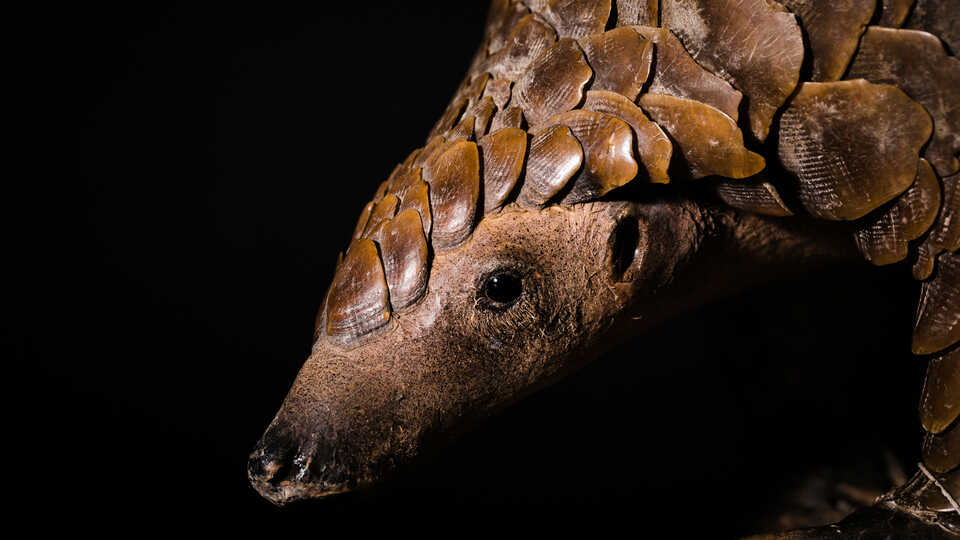
Day 4: The Philippines
The forests of the Philippines are home to many of the world’s most elusive and endangered plants and animals. Craft your own orchid, pangolin, and hornbill in today’s activities. (60-90 minutes)
The Philippine pangolin, found only on the Palawan islands, has its own set of built-in armor. Large scales made of keratin cover its body and tail. Make your own protective pangolin that can curl up into a ball!
There are over 1,000 species of orchids in the Philippines, and most of them grow nowhere else in the world! Many of these orchids reproduce with the help of pollinators, such as bees, wasps, and flies. Make your own orchid pollination game using a cardboard tube and a bead.
The Sulu hornbill is one of the rarest birds on Earth, found only on the Sulu Islands of the Philippines. They use their impressively large beaks to pluck figs to eat among the trees. Make your own hornbill hat with this paper craft.
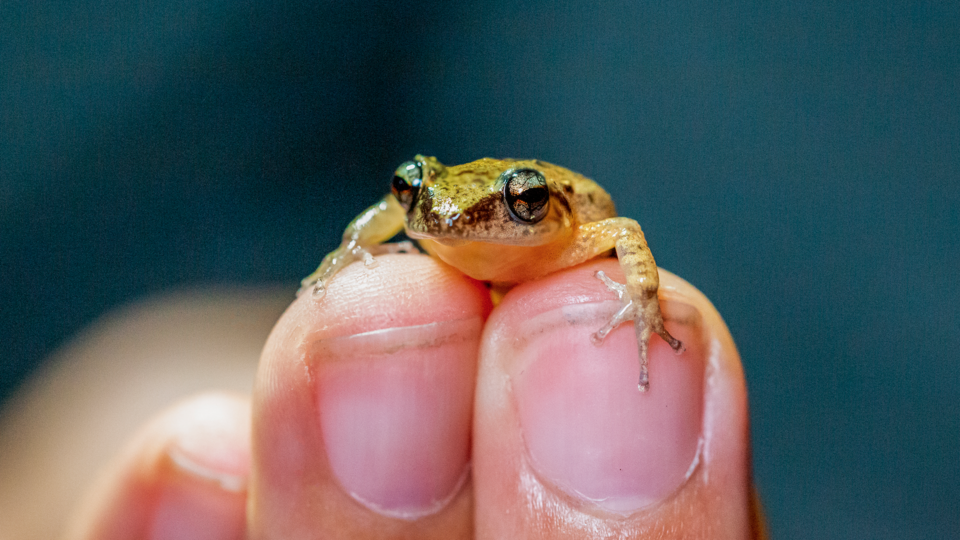
Kid and caregiver extension activities
Add an adult to your expedition crew and learn more about how Academy scientists study island ecosystems.
Dr. Brian Fisher invites you to explore the new Edible Insect Lab in Antananarivo, Madagascar, to learn more about how Academy and Madagascan scientists are working together to increase food security and combat malnutrition while regenerating the Madagascan landscape.
Are you curious about adding insects to your diet? Cricket powder is a great way to start. Eat it like Dr. Fisher by sprinkling some in your morning yogurt for breakfast, or try it the Madagascan way by adding a scoop to a pot of beans. Delicious and nutritious!
Can’t get enough island knowledge? Explore how the Academy is working with communities around the world to regenerate island ecosystems and empower local leaders through our Islands 2030 initiative.
Academy curator Dr. Rayna Bell studies the diversity of life on the West African islands of São Tomé and Príncipe, partnering with local governmental and nongovernmental groups to share what we learn with the people who live on the islands. Learn more about our collaborative work documenting the biodiversity in the Gulf of Guinea in this video.
As you watch the video, think about the following questions. Share your answers with a friend or family member or just think in your head.
- What environmental threats are frogs around the world facing?
- Why is it important to study the biodiversity (the different types of life, including plant and animal species) of islands?
- Think about the biodiversity in your area. Is there a species near you that you think is special? What makes that species unique?
